AO Edited
Grote Kerk Cannonballs
The Siege of Naarden ended in 1814, but the cannonballs embedded in the town church remain.
The Grote Kerk (the “large church”) of Naarden is one of the town’s most prominent features, dating back to the 15th century. Besides the beautiful interior and connections to renowned Czech philosopher John Amos Comenius, people with a sharp eye will notice what appear to be—and are in fact—cannonballs lodged in the walls of the building.
After Napoleon’s defeat in the 1813 Battle of Leipzig against the Sixth Coalition, the victors swept through many of his recently acquired territories, liberating them from French occupation. In the Dutch fortified city of Naarden, however, French General Jacques Quetard de la Porte refused to surrender, allegedly skeptical of Napoleon’s purported defeat. For six months, he and his forces holed up behind Naarden’s 17th-century bastions, moats, and fortified walls, while coalition forces rained cannonballs over them. A testament to the fortress itself, one witness wrote in his diary that Naarden residents suffered no casualties whatsoever during the siege.
Eventually, De la Porte surrendered by raising a white flag over the tower of the church. After the French left, the city was rebuilt and most of the damage undone. However, the people choose to leave several cannonballs in the church wall as a reminder of what had happened, and these cannonballs can still be seen today.
Know Before You Go
The cannonballs can be seen on all sides of the building, but most of them are on the back side of the church.

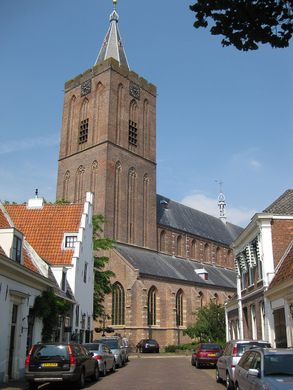
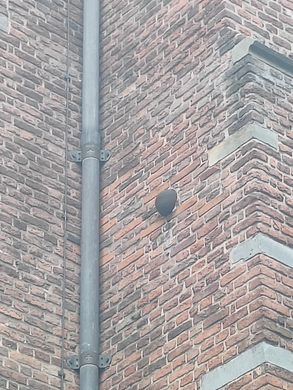
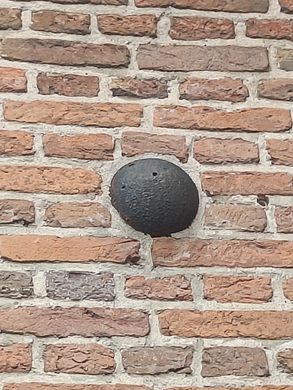
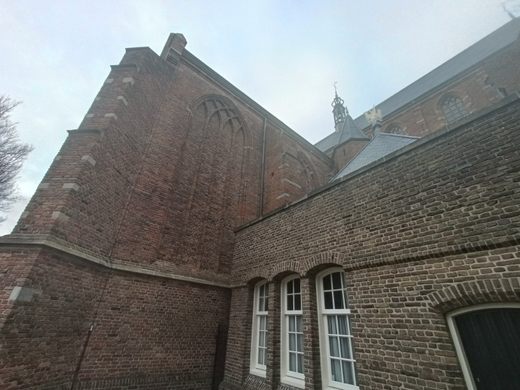
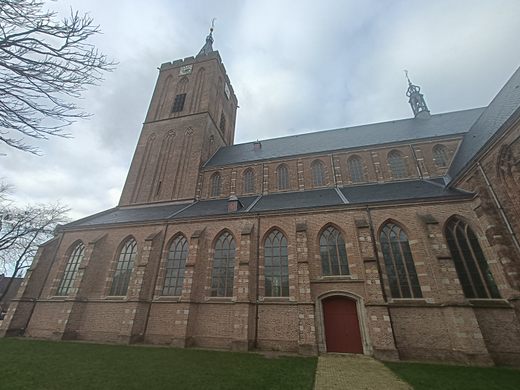
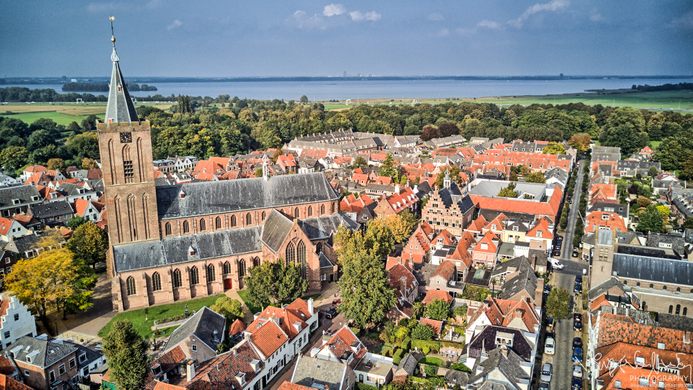




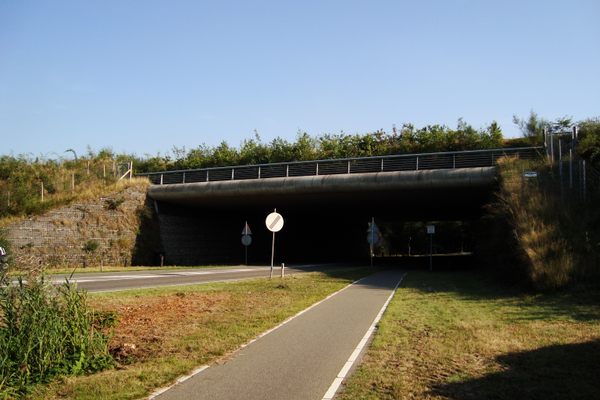



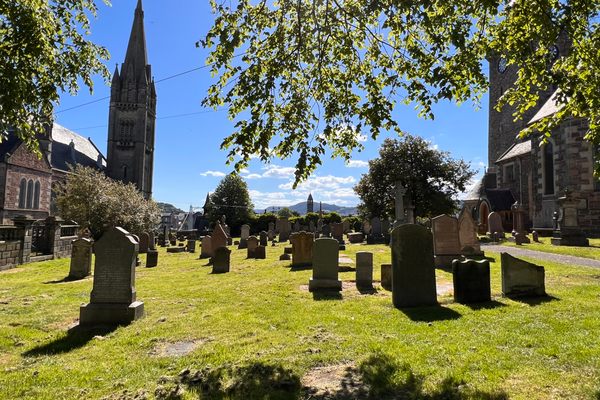
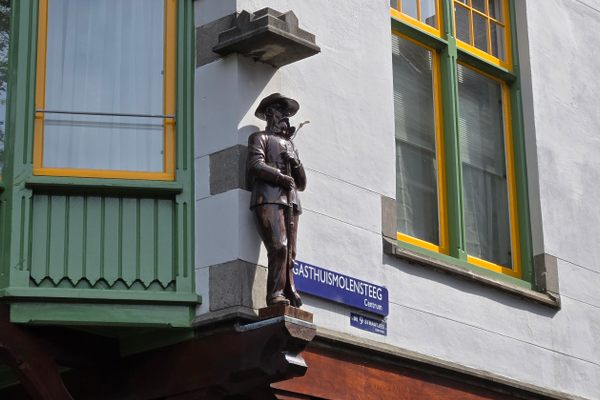


Follow us on Twitter to get the latest on the world's hidden wonders.
Like us on Facebook to get the latest on the world's hidden wonders.
Follow us on Twitter Like us on Facebook